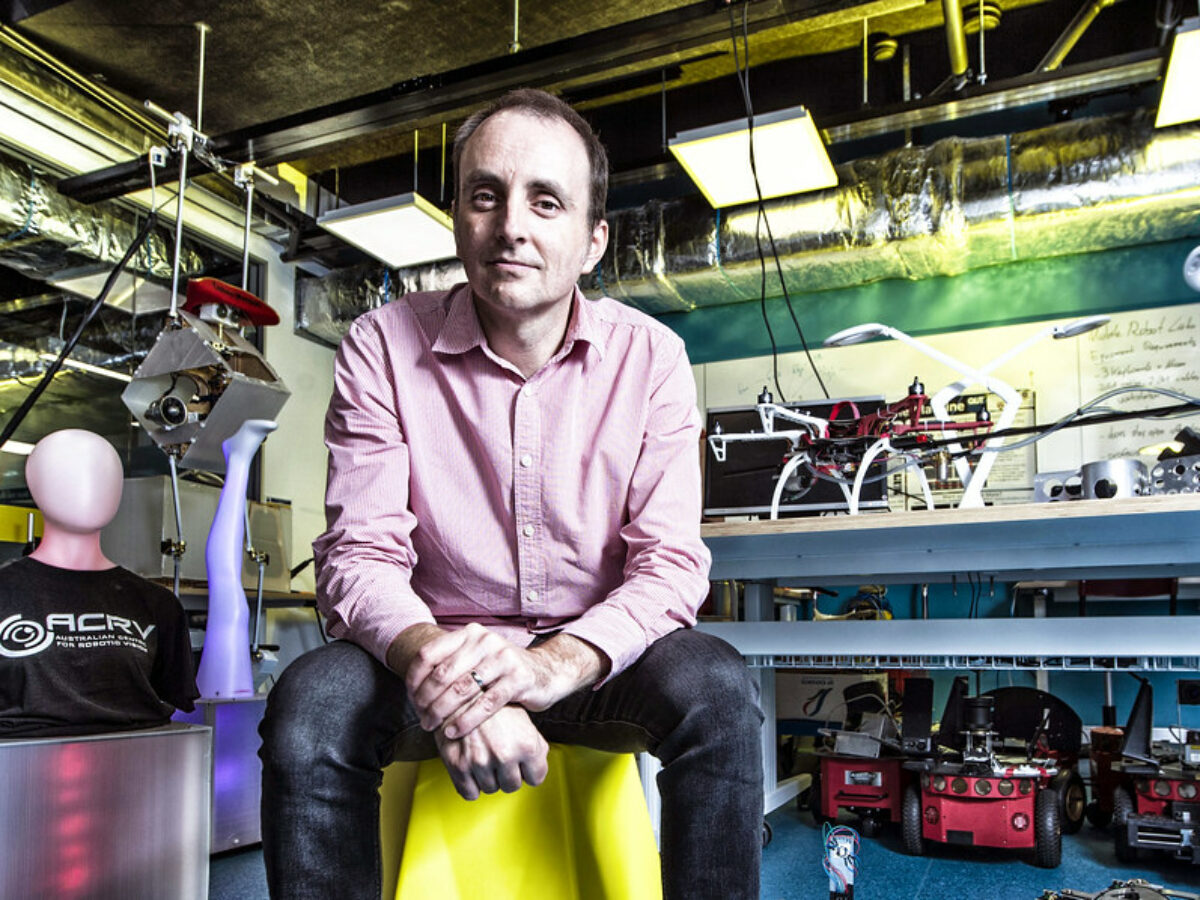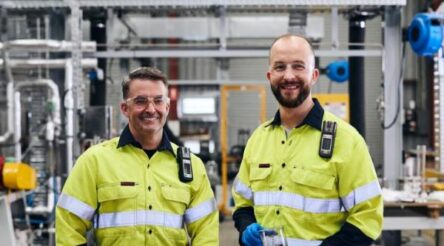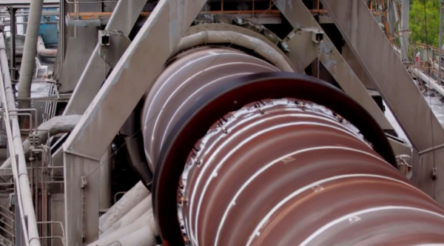Robotics adoption matters: even niche manufacturing should use robots

In the second-last day of our Robotics adoption matters series, Professor Jonathan Roberts dives into the possibilities for manufacturers with robotic assistance and integration.
In a world shaken by the coronavirus pandemic, the future of work is uncertain and the need for automation to help business is apparent. Whilst there are simply some jobs that machines cannot do, the capacity for automation to change the way we work is largely unrealised in Australian manufacturing, especially in small to medium sized businesses.
The discussion of “the rise of the machines” gained significant traction in 2013, with research from the University of Oxford deeming many roles as ‘automatable’. The authors of that study later clarified that while in theory many tasks are automatable, that did not mean that automation was inevitable in those fields. When discussing automation, the first topic highlighted is its impact on jobs and employment numbers. Does automating work create unemployment? It isn’t that simple, where automation can replace some forms of human labour, it too creates new business, helps existing businesses and workers to prosper, and ultimately benefit employees.
Robots have been used in manufacturing processing where production capacity has been constrained by the limits of human workers. For example, it is well known that robots have been used for decades to produce affordable cars. Similarly, robots are used to manufacture components for other everyday items such as consumer electronics. Until now, the sweet spot for robots has been mass production. But there are many manufacturing processes that are not high volume such as the production of components for the aerospace industry, custom-built drones and vehicles for defence, and even specialised medical devices. Applying robot-assisted production techniques to these processes is likely to reduce costs, increase production and hence create jobs by increasing the size of those businesses.
The current global pandemic has clearly brought to light Australia’s need to be more self-sufficient in the supply of goods and services. With stronger local supply chains the nation would be less susceptible to future global shocks. But to do so, the country’s manufacturing capabilities require a boost, and embracing automation and robotics is one essential way to provide this boost.
Automating within our industries has been underway for some time, Australia is the global leader in automation of mining equipment, which is unsurprising given the significance of our mining exports. Many mines are already partly automated, where employees remotely monitor large automated pieces of equipment. Due to this method of operating, many mining operations have been only moderately impacted by the current pandemic.
Not only does adopting robotics and assistive technologies into manufacturing processes make manufacturers more competitive, but it also creates opportunities for up-skilling the workforce. By working new technologies into current processes and workflows, employees are applying their existing skillsets in new ways and can expand their knowledge and career opportunities.
But adopting assistive technologies isn’t just about inserting a robot onto a workshop floor, there are many ways that Industry 4.0 technologies can be implemented to maximise business capabilities. From using AI for more efficient decision making, to understanding learning behaviours to inform processes and workflows, and to maintain safety and productivity.
As we face the realities of a recession, financial struggles are all too familiar for Australian businesses and organisations; so the notion of changing business practices to adopt automation is daunting, particularly when the cost of transition and return on investment can be difficult to forecast. However, the Advanced Robotics for Manufacturing (ARM) Hub is working to lower the technical, operational, and economic barriers preventing businesses from adopting assistive technologies, and to ensure the advantages of undergoing digital transformation are captured across the business.
The advancements of Industry 4.0 are changing the way businesses and workers collaborate – achieving outcomes faster and making changes to production easier. When done effectively, businesses that adopt automation will reap rewards in productivity, saving time and money in both the short and long term.
These opportunities presented to Australian industry have already had benefits ranging from reducing project lead times from design to fabrication; reducing the number of defects as testing and prototyping moves to a virtual space allowing for faster decision-making; and optimising assembly lines.
Knowing where to start is often the biggest challenge faced by businesses looking to adopt newer technologies; the ARM Hub bridges the gap between business, technology, and the experts needed to transform high potential ideas into new products and services, and new ways of working. With the latest government funding announcements and companies like the ARM Hub, Australian industry can harness new technologies, increase their global competitiveness, and upskill their workforce, with the support required to do so.
Picture: Erika Fish/QUT
Professor Jonathan Roberts is the Advanced Robotics for Manufacturing (ARM) Hub Technical Director.
 @AuManufacturing’s Robotics adoption matters series is brought to you with the support of the Advanced Robotics for Manufacturing Hub.
@AuManufacturing’s Robotics adoption matters series is brought to you with the support of the Advanced Robotics for Manufacturing Hub.
Subscribe to our free @AuManufacturing newsletter here.
Topics Manufacturing News Technology
@aumanufacturing Sections
Analysis and Commentary Awards Defence Manufacturing News Podcast Technology Videos










